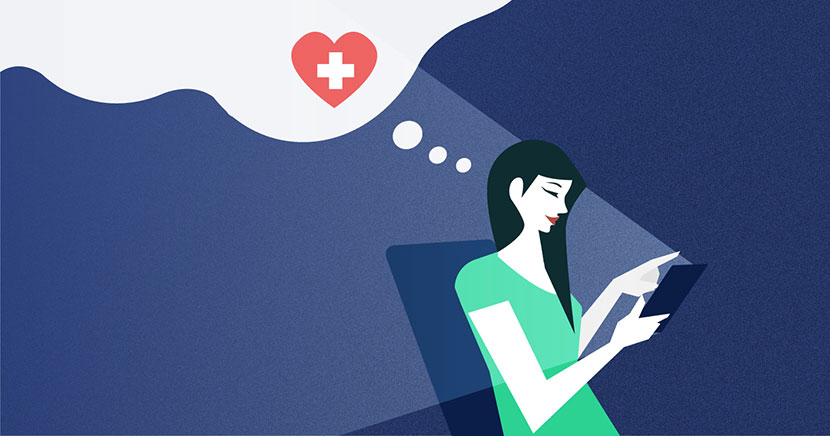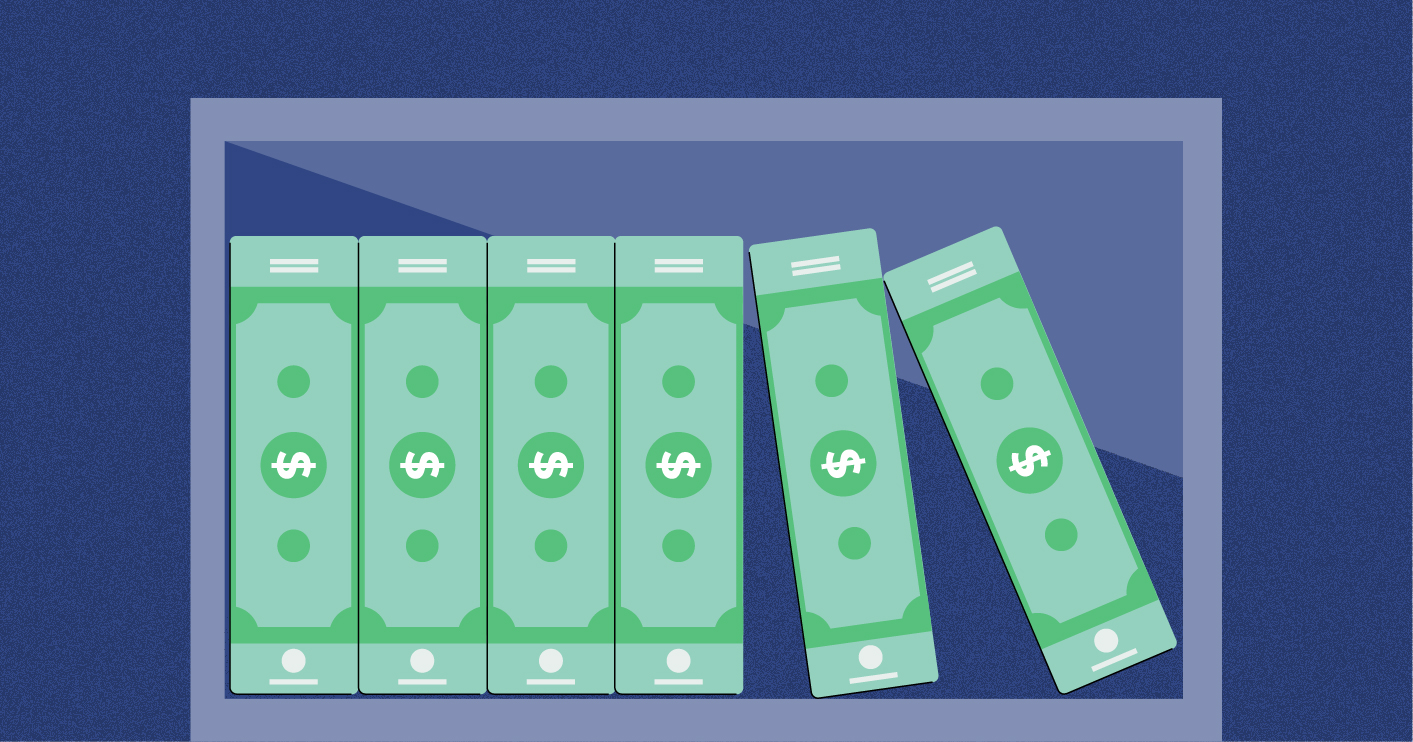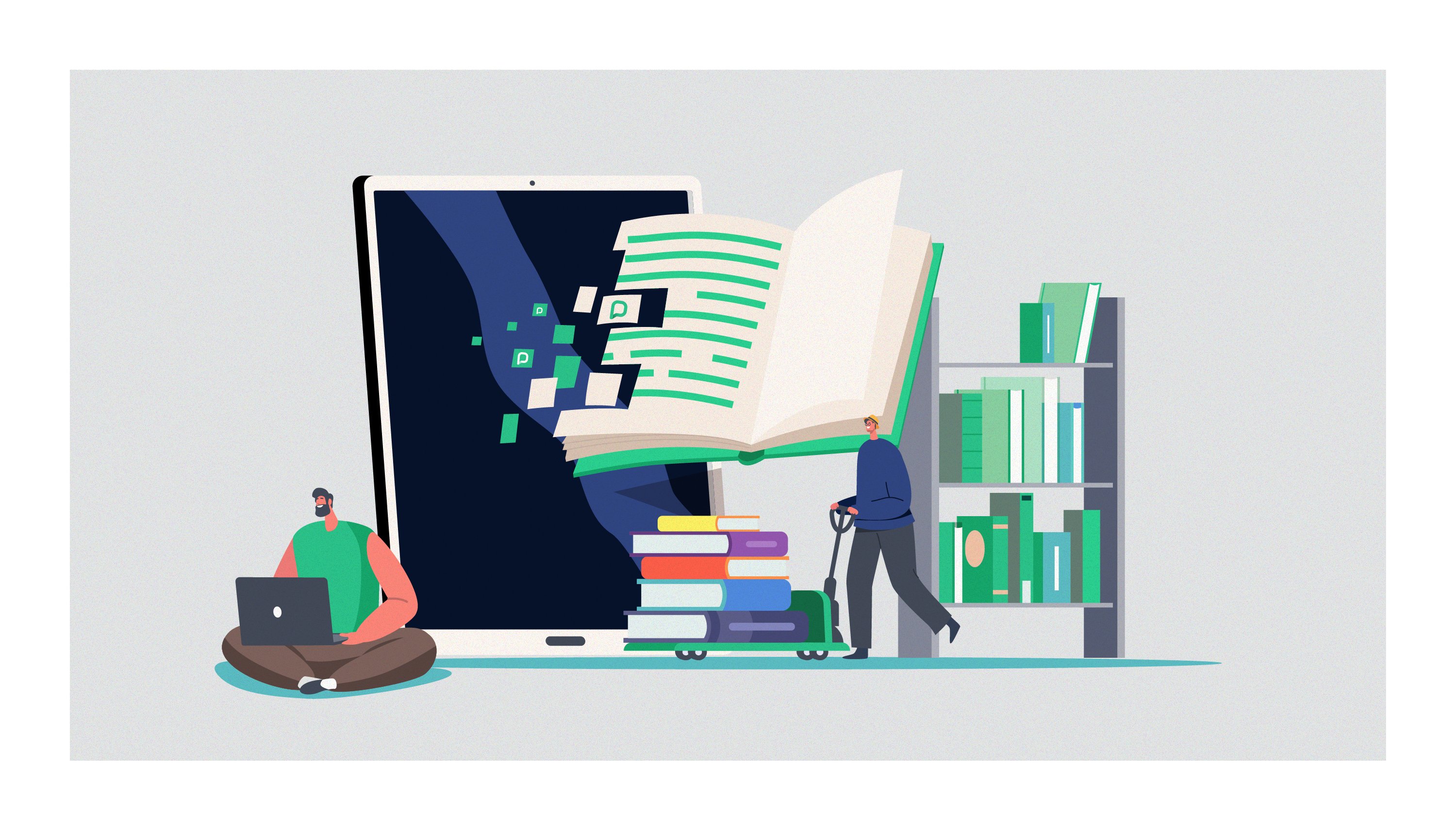There’s no arguing that we all need to do more to protect our planet and promote environmental sustainability practices. We’re not just talking about individuals; institutions and companies all have a responsibility to create sustainable initiatives and reduce the damage on our planet so that it can continue to be a safe place for future generations.
While many organizations are still figuring out their sustainability goals, public libraries are ahead of the curve. Whether it’s hiring environmentalists in residence, pursuing their LEED certification or reducing their carbon footprint by embracing digital resources, libraries showcase many examples of environmentally friendly practices.
In recent articles, we talked about the role public libraries play in community health and wellbeing and how they can support media literacy in an age of misinformation. Here, thanks to our unique access to libraries around the world, we’re taking a deep dive into the important work they do to drive sustainability in their communities — sustainability is about more than going green, after all.
See also:
Facilitating access to healthcare
As we mentioned above, people inherently trust libraries. That can really help put individuals at ease when they’re having conversations about their health and well-being. It’s no wonder that libraries are increasingly partnering with government and community organizations to help them have more reach in the community and provide much-needed healthcare services.
Beyond everyday services, such as access to a nurse or new parent programs, libraries can also play an important role in disaster relief. Following a natural disaster, like a hurricane or flood, libraries have provided community contact centers, food and supply distribution, and other post-crisis support that keep their community safe.
Case in point:The Pima County Public Library in Arizona has a team of public health nurses as well as a full-time library nurse who offers nursing assessments, nutrition, and health education, blood pressure screenings, and referrals. |
Enhancing social support
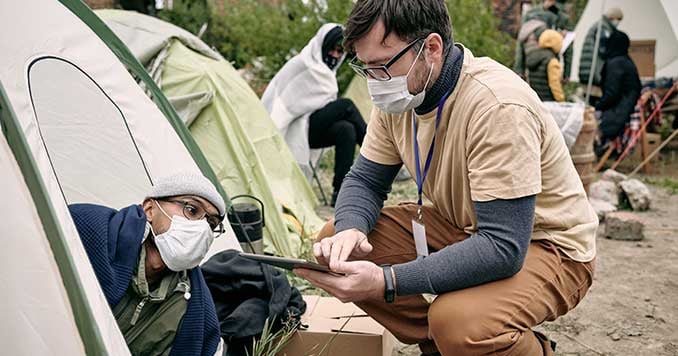
An important part of building community health is ensuring that vulnerable groups are socially engaged. That’s why the National Library of Medicine has been training local librarians to be knowledgeable about social services, welfare, and public assistance resources. Whether it’s connecting new parents with other people going through the same experiences or supporting homeless individuals with information on meal services and in-person visits to shelters, librarians use these resources to prevent social isolation.
Case in point:The central library in San Francisco has a full-time psychiatric social worker on staff as well as a group of formerly homeless health and safety advocates that provide homeless patrons with details on welfare services, shelters and legal aid. At least 800 patrons have benefited from this service. |
In their role as ad hoc social workers, libraries also build communities for older individuals that might be living alone. The Lifetime Arts program, for instance, operates across 13 states and 80 public libraries and it offers writing, painting, and dancing classes for older adults. By fostering long-term learning and creativity, this program helps maintain the health and well-being of America’s growing community of retirees.
Encouraging mental wellbeing
When we talk about people’s overall well-being, mental health has become an important consideration, and libraries are offering a number of related services. In some instances, libraries offer on-site activities including yoga, Tai Chi, meditation, and adult coloring sessions. Meanwhile, other institutions are opening the door to community-based discussions around mental health in the form of professionally-guided support groups or regular book clubs on the topic. Many libraries are also on the frontline of the opioid crisis. Across the US, public libraries have adopted measures to help reduce the chance of overdose. This includes stocking naloxone, a drug that reverses the effects of an overdose, and providing on-site needle collection containers.
Case in point:At the Ilsley Public Library in Middlebury and Humboldt County Library in California, employees have been trained in administering naloxone. This prompted a campaign to train public librarians in multiple urban centers. |
Keeping the community fed
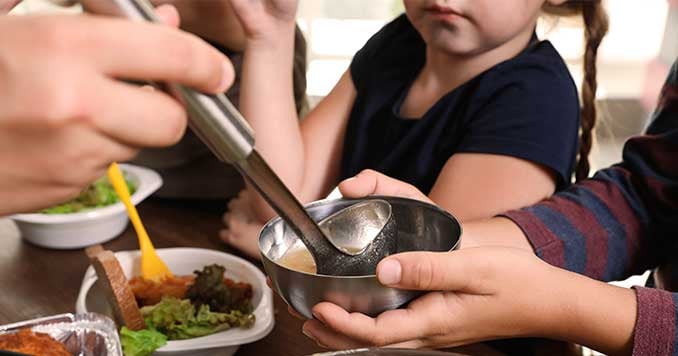
Food and nutrition are critical elements for keeping a community healthy. Today, with food disparity at an all-time high, it’s more important than ever for people to not only have access to food, but also to nutritional information. This is where public libraries can help. Some institutions host a variety of food-related activities, including classes that teach young people how to shop for and prepare healthy food, or workshops that go over how to prepare healthy meals on a budget. Librarians also have been known to manage farmers’ markets, community fridges and gardens, and culinary literacy centers for their patrons.
Case in point:The Wilkes County Public Library runs a summer meal program for children that typically rely on school meals. The library supplements the meals it receives from a local school district with help from local businesses, who use fresh produce donated by local farmers. |
Maintaining health literacy

Perhaps the most important way that libraries help maintain community health and wellbeing is by giving their patrons access to all the healthcare information they need. Studies show that when people seek information about a certain health issue, they typically go to their library for insight. This is particularly true in rural areas and places that have limited access to the internet.
While librarians can’t offer medical advice, they can help their patrons navigate the information available to them by pointing them to the appropriate sources. Some libraries hire health-specific librarians and provide wellness-focused educational programs for children. Others have established programs to assist patrons in applying for health insurance plans and claims. By adopting new digital platforms that help better share information with their patrons, libraries are doing more to keep their communities informed and educated than ever before.
Case in point:In October 2017 the Public Library Association launched an initiative to promote health literacy as a compilation of training resources as well as a list of trustworthy health science websites and databases. |
Libraries are at the heart of our communities, and it should come as no surprise that they play such an important part in keeping those communities healthy.
That’s why we’d love for you to help us share these stories. If your library has a health and wellness strategy that you’d like to share with our readers, please get in touch.


